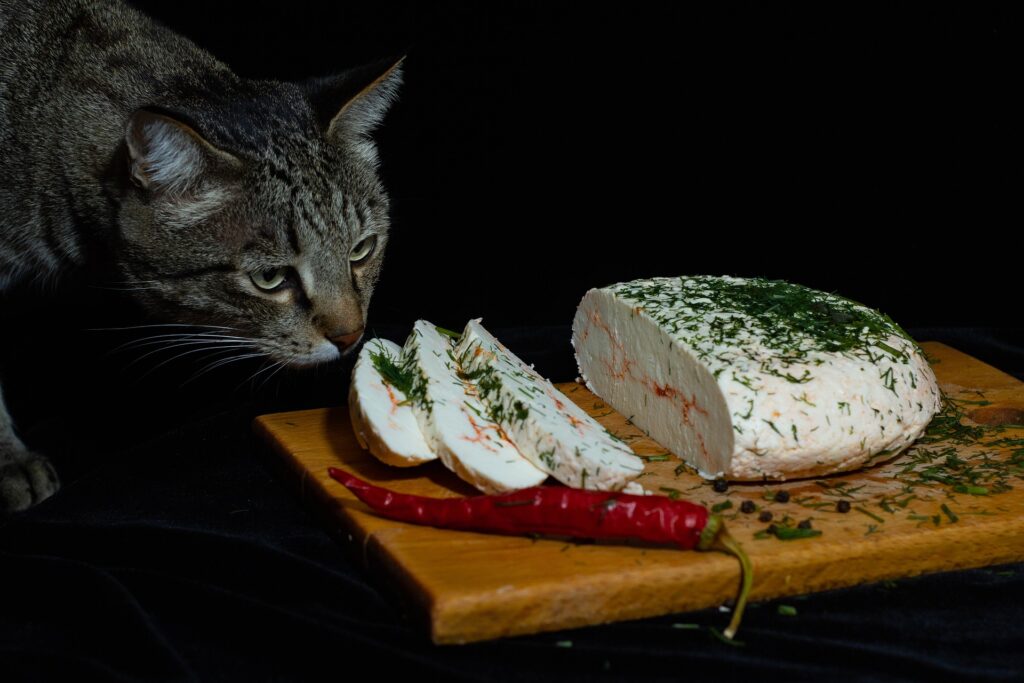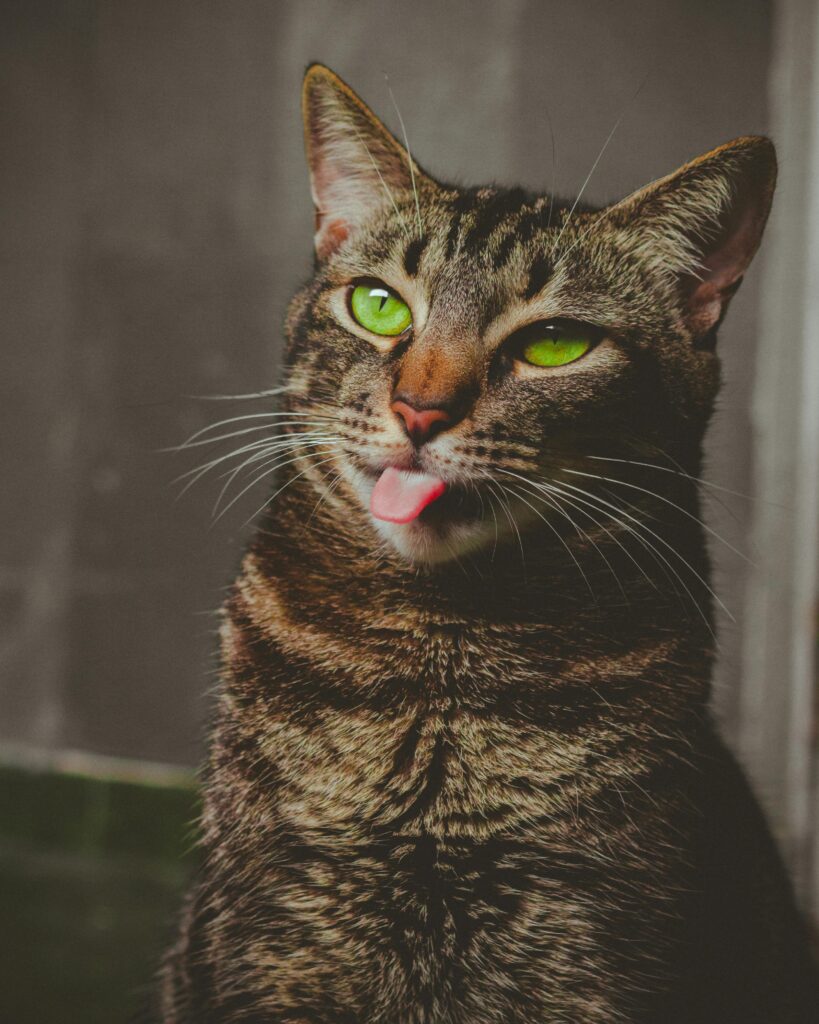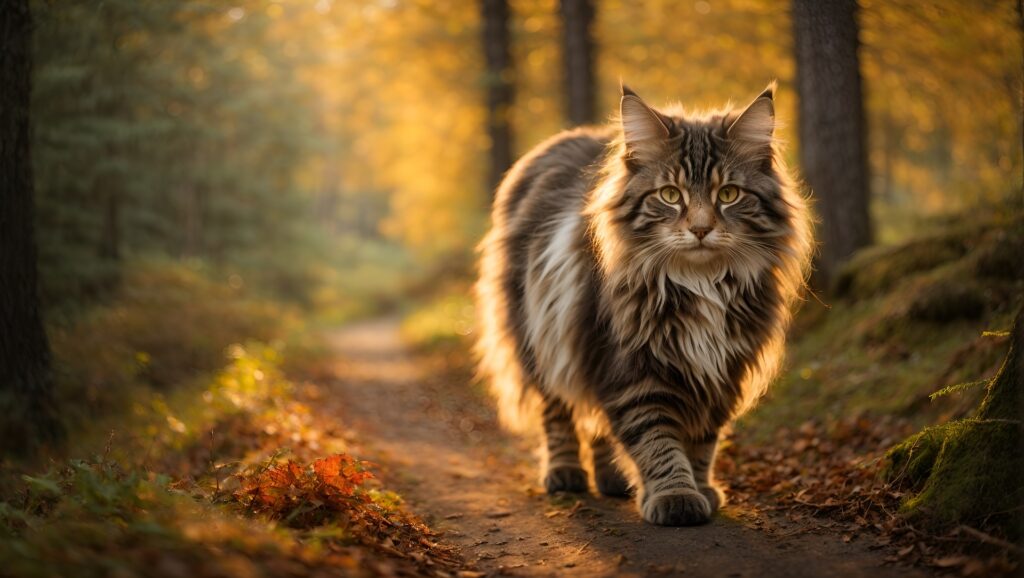The sense of taste, known as gustation, is a realm less explored but equally vital in understanding our feline companions. While cats may not express their preferences like humans, their taste buds play a crucial role in guiding their dietary choices.
Cat's Unique Taste Sensitivities
Taste buds in cats are not confined to the tongue alone. They are found on vallate, fungiform, and occasionally foliate papillae of the tongue, as well as on the epiglottis, soft palate, lips, buccal walls, and pharynx. These microscopic receptors are the gatekeepers to a cat’s perception of flavors.
The sensitivity of a cat’s taste buds varies across different regions of the tongue. The apex and anterolateral margins are most responsive to salt, while the base and posterolateral portions are attuned to bitter tastes. Unlike humans, cats exhibit minimal response to sweet flavors, a reflection of their carnivorous nature.
In the early days of a kitten’s life, it quickly discerns sodium chloride in milk. By the tenth day, it demonstrates definite responses to salt and bitter, with potential responses to sweet and sour emerging. As adults, cats maintain sensitivity to chemicals associated with salt, sour, and bitter, with peak responsiveness occurring at the tongue’s normal temperature of 30°C.
Taste Fibers: The Messengers of Flavor

Efferent nerves carry taste signals to the brain, and three types of taste fibers have been identified in cats. One responds to acid, another to acid and salt, and the third to acid and bitter. Remarkably, water fibers, primarily receptive to water, extend taste sensitivity to salt solutions. These fibers contribute to shaping a cat’s nuanced response to various tastes.
Neurologic studies suggest that the limbus of the brain is the seat of memory for past gustatory experiences. This underlines the importance of taste in a cat’s overall sensory perception and memory.
Understanding a cat’s sense of taste offers valuable insights into their dietary preferences. As obligate carnivores, cats have a specialized palate that prioritizes certain tastes over others. By acknowledging and respecting these preferences, we can enhance the well-being and satisfaction of our feline companions, ensuring they enjoy a diet that aligns with their natural inclinations.



